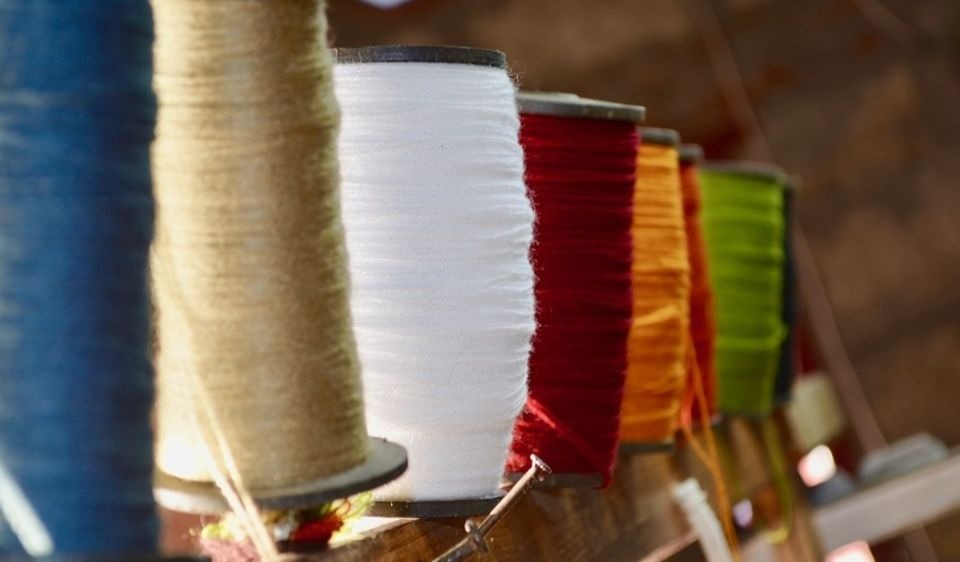

Since the 18th century, an industrial and economic activity based around textiles has been established in Rouen's region. Thanks to the presence of port platforms, river trade allowed the development of the textile industry (linen, cotton, wool) which has become the leading industrial activity in Normandy.
The Cailly Valley, located north of Rouen, has taken advantage of its strategic geographical location to grow. Often called "the little valley of Manchester", its proximity to England has been very advantageous in terms of industrialization, particularly with the import of English hydraulic machines. Thus, hydraulic spinning mills were able to flourish and participate in the valley's economic and cultural wealth.
In 1850 there were 51 spinning mills, 4 weaving companies, 22 Indian mills (related to fabrics imported from India) and 17 dyeing factories located in the Cailly basin. Seine-Maritime was the leading French department in the field of spinning and weaving at the time.
After years of fighting against the destruction of the Vallois rope factory, in 1989 the Haute-Normandie region decided to create an industrial archeological museum as a place of memory. The region's project was to restore the site and the atmosphere of yesteryear workshops while adapting them to a museum conversion.
You can now visit the old buildings in which the machines are still in their original place, as well as the water wheel, the driving force behind the building, which continues to turn as the river fluctuates.
The collections presented by the museum offer an immersion into both the lives of the workers and the employers, presents the functioning of the Corderie's machines, as well as the work of printing on fabric.
To prepare your visit.
Auxane from Comme des Français
------
Discover other atypical places allowing a dive into the past :